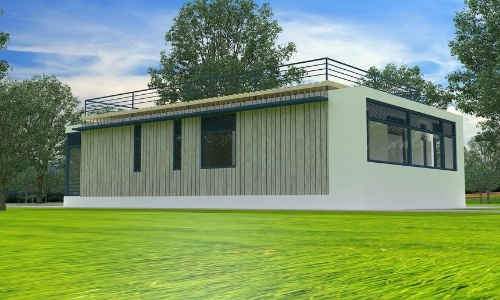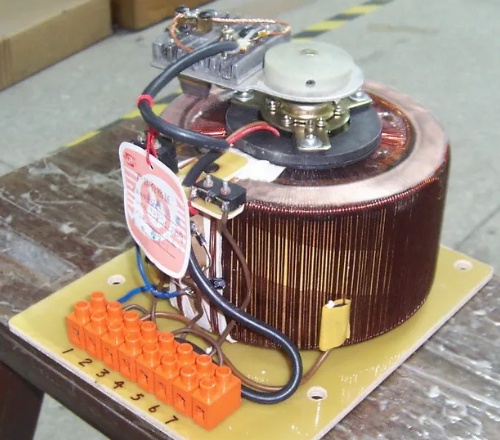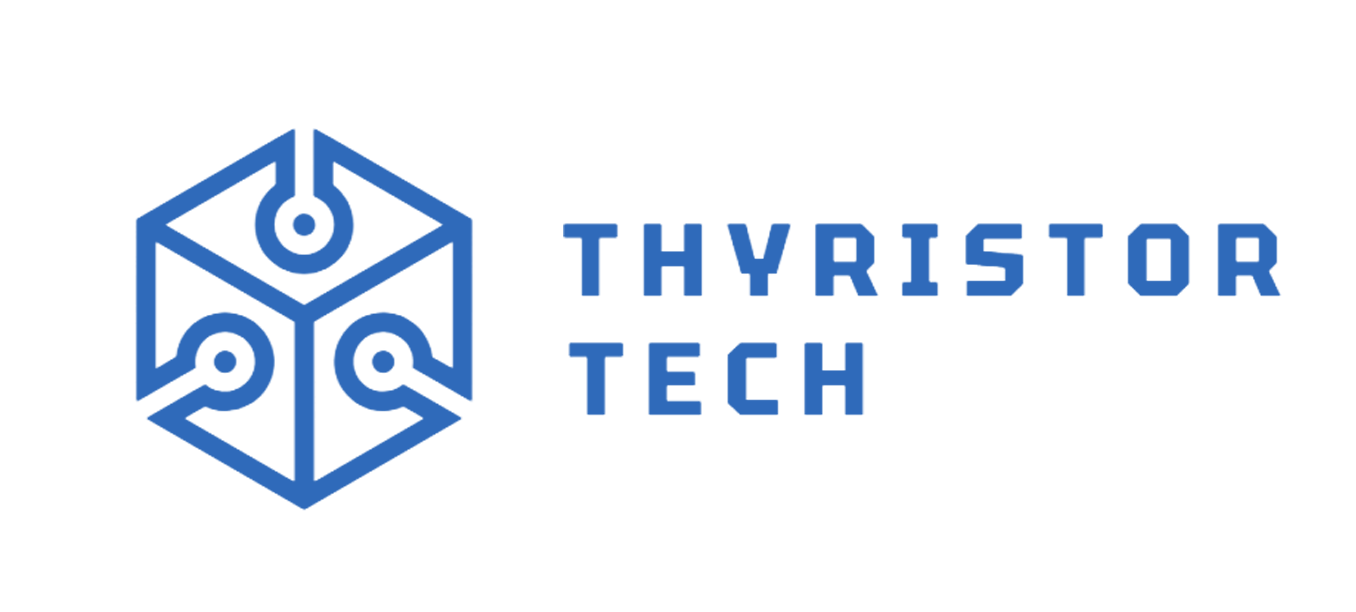Electronic Components Supplier | Transformers, Inductors, Inverters
Introduction
The combination of solar panels and inverters is revolutionizing how we generate and consume electricity. As global energy demands rise and environmental concerns grow, solar power systems paired with efficient inverters offer a sustainable and cost-effective solution. This article explores how solar and inverter technology works, its benefits, and why it’s a must-have for homes and businesses in 2024.

How Solar Panels and Inverters Work Together
1. Solar Panels: Capturing Sunlight
Solar panels (photovoltaic cells) convert sunlight into direct current (DC) electricity. The efficiency of modern panels has significantly improved, with some models exceeding 22% efficiency.
2. Inverters: Converting DC to AC
Since most homes and businesses use alternating current (AC), solar inverters play a crucial role by converting DC power from solar panels into usable AC power. There are three main types:
- String Inverters – Cost-effective for standard installations.
- Microinverters – Optimize performance for each panel (ideal for shaded areas).
- Hybrid Inverters – Allow battery storage integration for energy backup.
Key Benefits of Solar and Inverter Systems
1. Lower Electricity Bills
By generating your own power, you reduce reliance on the grid, leading to significant savings over time.
2. Environmentally Friendly
Solar energy is clean and renewable, reducing carbon footprints and fossil fuel dependence.
3. Energy Independence
With battery-compatible inverters, you can store excess energy for use during outages or peak-rate hours.
4. Government Incentives
Many countries offer tax credits, rebates, and net metering to encourage solar adoption.
5. Increased Property Value
Homes with solar power systems typically have higher resale values.
Latest Trends in Solar and Inverter Technology (2024)
1. Smart Hybrid Inverters
New models integrate with home energy management systems (HEMS) for real-time optimization.
2. AI-Powered Energy Monitoring
Advanced inverters now use AI algorithms to maximize efficiency based on weather and usage patterns.
3. Solar Panel Innovations
- Bifacial Solar Panels – Capture sunlight on both sides for up to 30% more efficiency.
- Perovskite Solar Cells – A breakthrough in high-efficiency, low-cost solar tech.
4. Battery Storage Expansion
Lithium-ion and solid-state batteries are making solar + storage systems more affordable.

Choosing the Right Solar and Inverter System
When selecting a system, consider:
✔ Energy Needs – Calculate your household/business consumption.
✔ Roof Space & Sunlight – Ensure optimal panel placement.
✔ Inverter Type – Microinverters for shading issues, hybrid for battery backup.
✔ Warranty & Brand Reputation – Look for 10+ years of coverage.
Conclusion
Solar and inverter systems are no longer just an eco-friendly choice—they’re a smart financial investment. With advancing technology, government incentives, and rising energy costs, there’s never been a better time to switch to solar.







